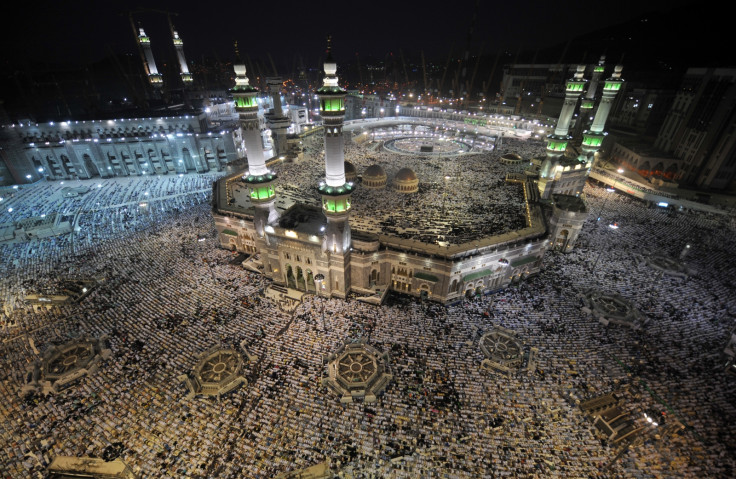Hajj 2015: When does the annual Islamic pilgrimage to Mecca start?

Over two million Muslim pilgrims will make the annual journey to the Saudi city of Mecca, in what is one of the largest religious gatherings of people in the world. As the fifth and final pillar of Islam, it is a mandatory religious duty for adult Muslims to make the journey and it must be carried out at least once a lifetime, if an individual is physically and financially able to do so.
The exact date of the beginning of Hajj depends on the lunar calendar and this year it is expected to start on Monday 21 September through to Saturday 26 September. The pilgrimage occurs in the last month of the Islamic calendar, Dhu al-Hijjah.
Muslims of every ethnic group, social status and culture gather together in Mecca and stand before the Kaaba – the most famous shrine in the Muslim world – praising Allah together.
The ritual is designed to promote the bonds of Islamic brotherhood and sisterhood by showing that everyone is equal. In one of the acts of worship, thousands of people swirl counter-clockwise, seven times, around the Kaaba.
The Hajjis, or pilgrims, wear simple white clothes to perform the same acts of worship and renew their sense of purpose in the world. To carry out the pilgrimage rituals you need to be in a state of Ihram, or purity, which is achieved by observing several regulations, including abstaining from marital relations, not shaving or cutting nails, refraining from using perfumes and avoiding fighting or arguing. Men must not wear clothing with stitching and women must not cover their faces, even if they would do in their home country.
Pilgrims can also go to Mecca to perform the same rituals at other times of the year, which is sometimes referred to as Umrah or the "lesser pilgrimage". If they choose to do so, they are still required to perform the Hajj at another point in their lifetime if they have the means to do so.
© Copyright IBTimes 2025. All rights reserved.





















